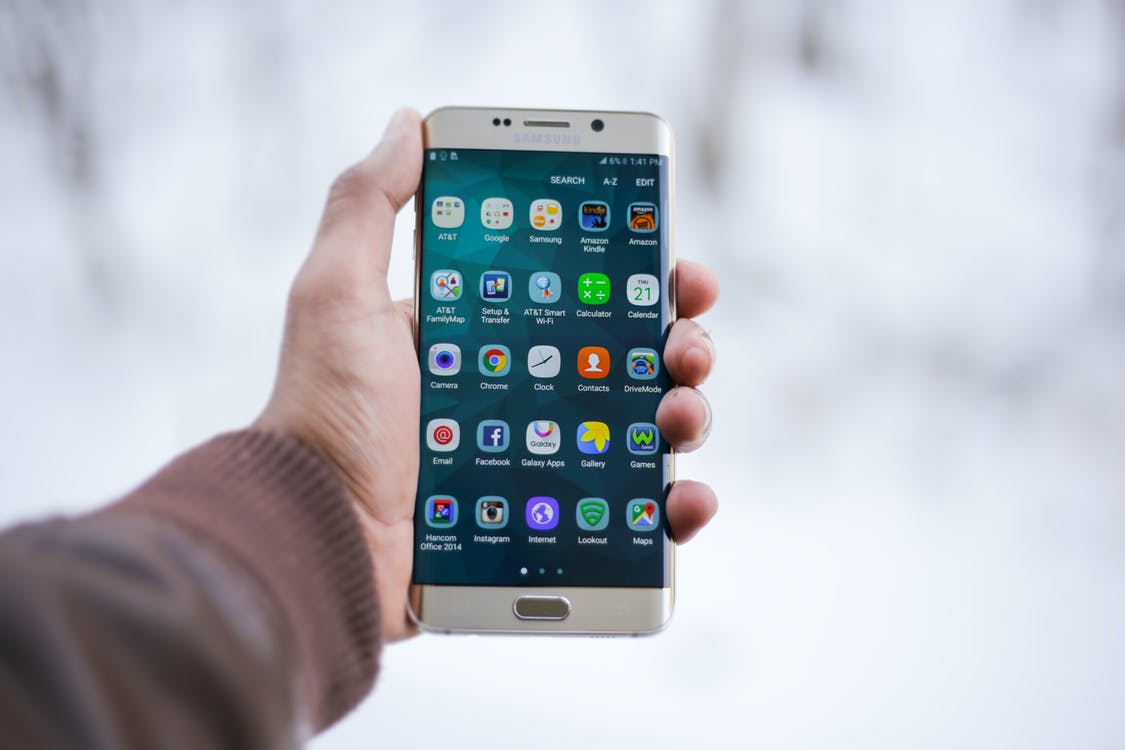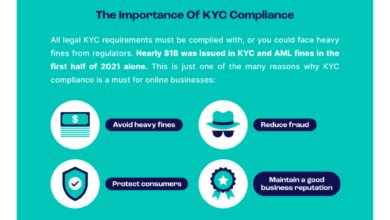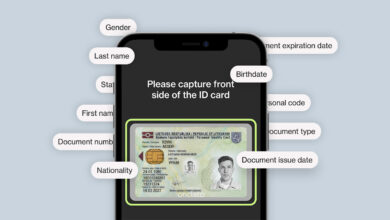8 UX Strategies To Enhance User Engagement For Your Mobile App

If you want to build a mobile app that your customers love, this blog will help you!
Mobile apps have become a vital part of every smartphone owner’s daily life. From watching series and listening to music to shopping and paying online, almost everyone’s life seems impossible. However, now users have so many options and demand a great experience. So, there’s no room for an app to fail to meet expectations. So, what drives people to use mobile apps? A MindSea research report showed that 37% of people prefer to use a mobile app due to its design and experience.
If you want to develop an app that wins your customers’ hearts, you need to follow the right user experience strategies.
Top 8 UX Strategies To Enhance Mobile App Engagement And Experience
#1 – Go Native From Start
If your platform gives users directions to navigate, you have likely lost many people. The reason behind is that apps’ main aim is to make users’ life easier, not more challenging. It is one of the easiest UX strategies to execute as you aren’t reinventing the process you are expanding on it. However, it doesn’t mean your UI should look exactly like others. To develop unique and innovative mobile apps, you can get in touch with a dedicated mobile Custom mobile app development company such as Appventurez.
#2 – Dejunk your mobile app
Having a simple UI in your app means a better user experience it will deliver. iOS and Android app developers often make the mistake of integrating many features into the app. Undoubtedly, it will make your app feature-rich but we can’t also overlook it and will also make an app clumsy, ultimately users will uninstall the app.
So, ensure your app design is elegant with essential elements. In addition, keep in mind that you can’t display all content on your mobile app that you did on your desktop site.
#3 – Make your app design responsive
There are hundreds of mobile phone models with different resolutions and screen sizes. For example, Galaxy Note 20’s screen size is 1080 x 2400 while the size of the Samsung Galaxy S20 is 1440 x 3200. So, it is essential to ensure your app design is responsive and compatible with all mobile devices and platforms such as Android and iOS.
#4 – Comply with OS-Specific Guidelines
Android and iOS are completely different mobile operating systems but each has a unique content layout, buttons and navigation. If you apply android design guidelines for iOS and vice-versa, you are risking user experience. Make sure your app designs always keep themselves updated with the latest OS design guidelines. Also, try to learn things native. If you go for a hybrid app, save some time and effort in the short term but may compromise with user experience. Different mobile user interface kits are available for each platform. So make sure to follow them to offer unparalleled engagement and experience to your app users.
#5 – Finger-Friendly Buttons and Tap Targets
Users can simply smoothly land on a button and press the mouse’s left key when accessing the website. But when it comes to a mobile app, no issues are available. Users just need to tap the buttons with their fingers. Make sure your app’s button is big and easy to press, thus simplifying the user experience. Many mobile users prefer holding their smartphone with one hand and using only thumbs for scrolling and tapping. So, make sure you place the essential actions and buttons at locations easily accessible thumbs.
#6 – Don’t skip the loading speed
As an iOS and Android app developer, you might be enticed to represent your design skill and make the app too flashy. According to research, Google shows that app bounce rate increases with every second of dealt load time. If your app takes 1-3 seconds to load, the bounce rate enhances by 32%. While your UI/UX design should be catchy and appealing, it should also load fast to enhance mobile app engagement.
#7 – Reduce long scrolling
When it comes to offering various reading materials, long scrolls are fine. But, try to avoid making your users scroll the screen for extended periods. Keep the content on a screen limited as users could lose sight of the information. If you want to add more content, try to break it down into different categories and let your users access it with sideways scrolling.
For example, if you want your customers to fill a long-form, you can separate the form into a few sections such as billing details and contact details.
#8 – Use More Visuals
If you have a mobile app with pleasing visuals and color schemes, your customers will surely love it. Apps with chunks of text are ignored by people. So, use different combinations of colors and textures to increase app engagement. Mobile app screens are not right for large text, so stick to the small text paired with visual effects for the best experience.
The Bottom Line!
An app with innovative features and functionalities will get more downloads, but its design and experience drives more customers to your app. By following these eight mobile UX strategies, you can enhance app user engagement and provide great experiences to your users.
Aslo check: Career hai



